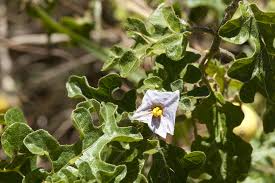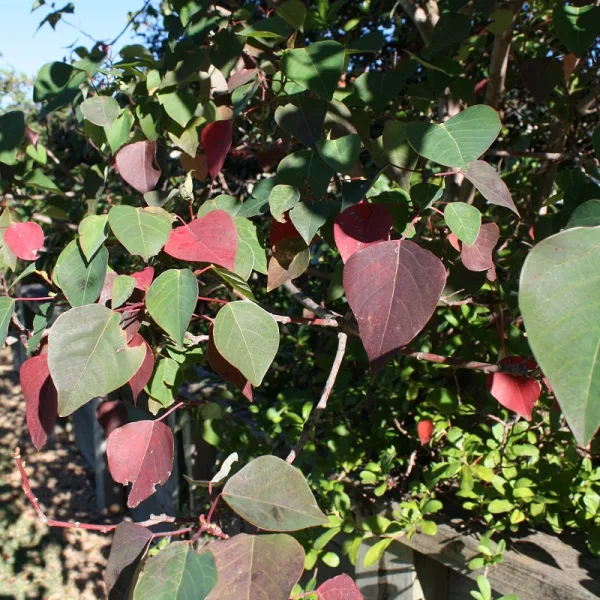The Lower Blackwood Catchment has a growing, diverse and economically significant agriculture industry along with being a unique biodiversity hotspot.
Over the last 8 years, our team has worked with landholders and local government to control problem weed areas within the Catchment. Previously, we have mainly focused on Blackberry, Arum Lily, and Cape Tulip in riparian zones. But, for weed control to be successful, continuity of control and funding is essential. This project will allow that to happen and for the focus to expand beyond riparian and focus on other environmental weed species within the Catchment.
Weed species such as Apple of Sodom (Solanum linnaeanum), and the exotic Bleeding Heart Tree (Homalanthus populifolius) are becoming a problem at an alarming rate, as well as the pressure that weeds such as Weedy Wattles, Blackberry (Rubus fruticosus aggregate) and Arum Lily (Zantedeschia aethiopica) place on remnant bushland and riparian zones.
Without this project, these environmental weeds will continue to spread and create a greater cost of control at a later time. By undertaking weed control on a catchment scale, we will be able to bring the community together and achieve more effective control, resulting in a healthier Lower Blackwood Catchment.
This project aims to work collaboratively with landholders, local government and local indigenous groups to undertake environmental weed control work in the Lower Blackwood Catchment in a three-year program. It will build on and expand upon our previous WeedWorks Project, which will allow us to continue to engage and educate the Lower Blackwood community about environmental weeds and their impact.


The coordinated weed control program will help to address large and daunting weed control tasks by supporting landholders to engage skilled and experienced contractors to undertake control over three years. During the weed control works landholders will be provided with weed control information and the contractor will provide one-on-one advice on weed control techniques and when and how follow-up work should be completed.
Please note that this project works to control environmental weeds in remnant bushland and riparian zones.
Environmental weeds are defined as non-native or native plants that have spread beyond their natural range and disrupt natural ecosystems by outcompeting native species and altering habitat.
You can register your weed sightings using the Nature Conservation Margaret River Citizen Science Weed Mapping App!
Download and use the app on the go here
With the landholders’ permission we will also be sharing any arum lily control information with our neighbouring catchment group Nature Conservation so that they can then use that information to inform their ‘Arum Lily Blitz’ program
For more information contact our Project Officer Declan McGill or call 0499 037126.
This project is supported through funding from the Shire of Augusta Margaret River

